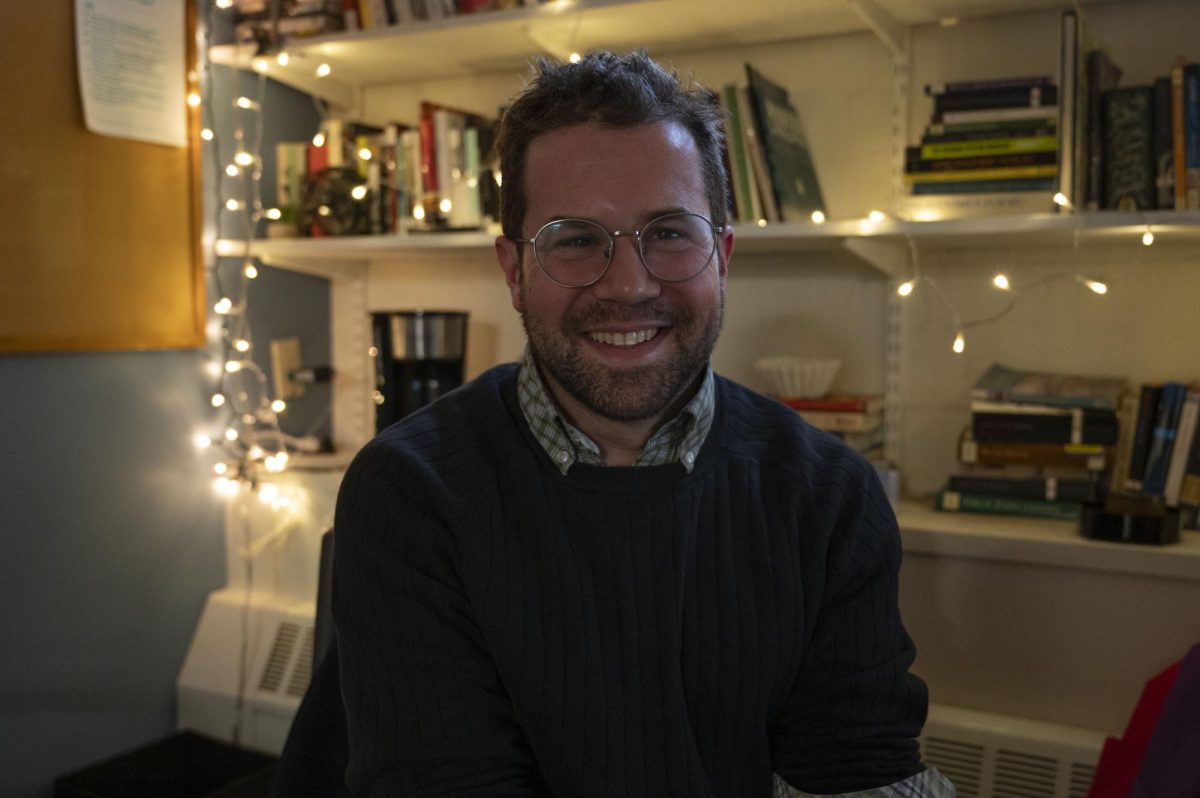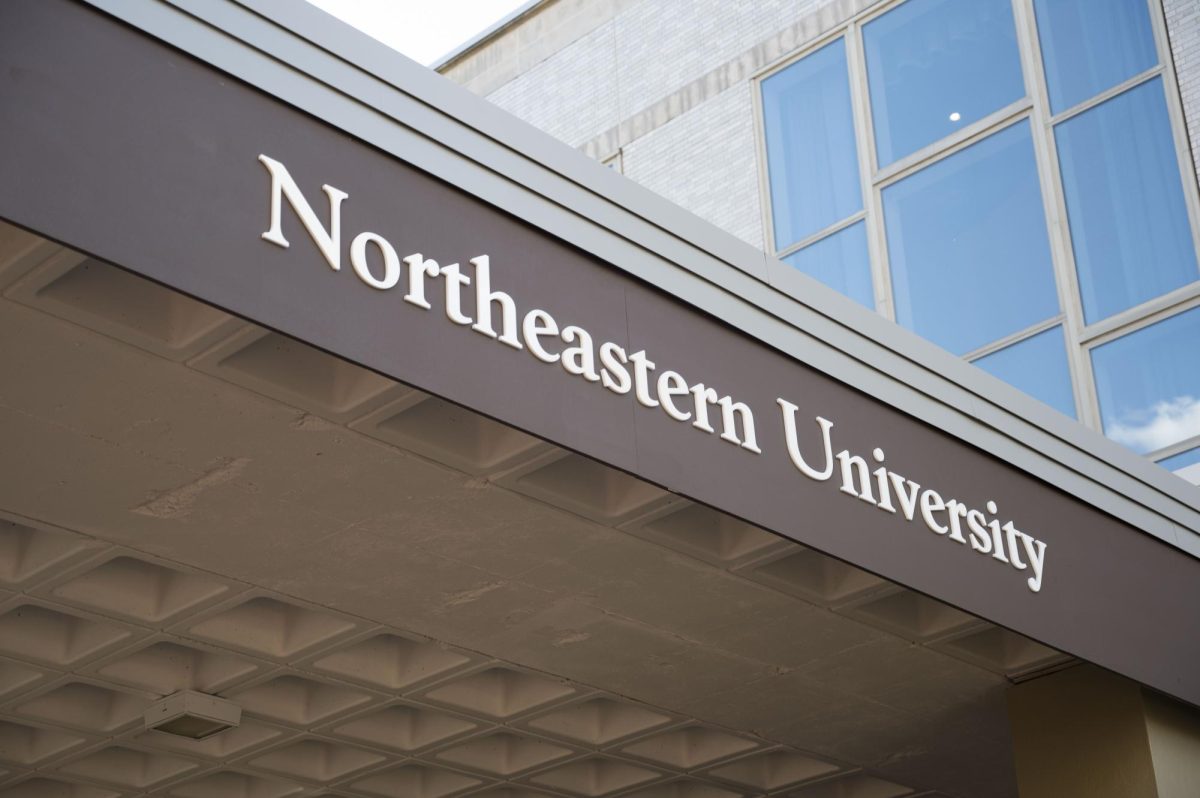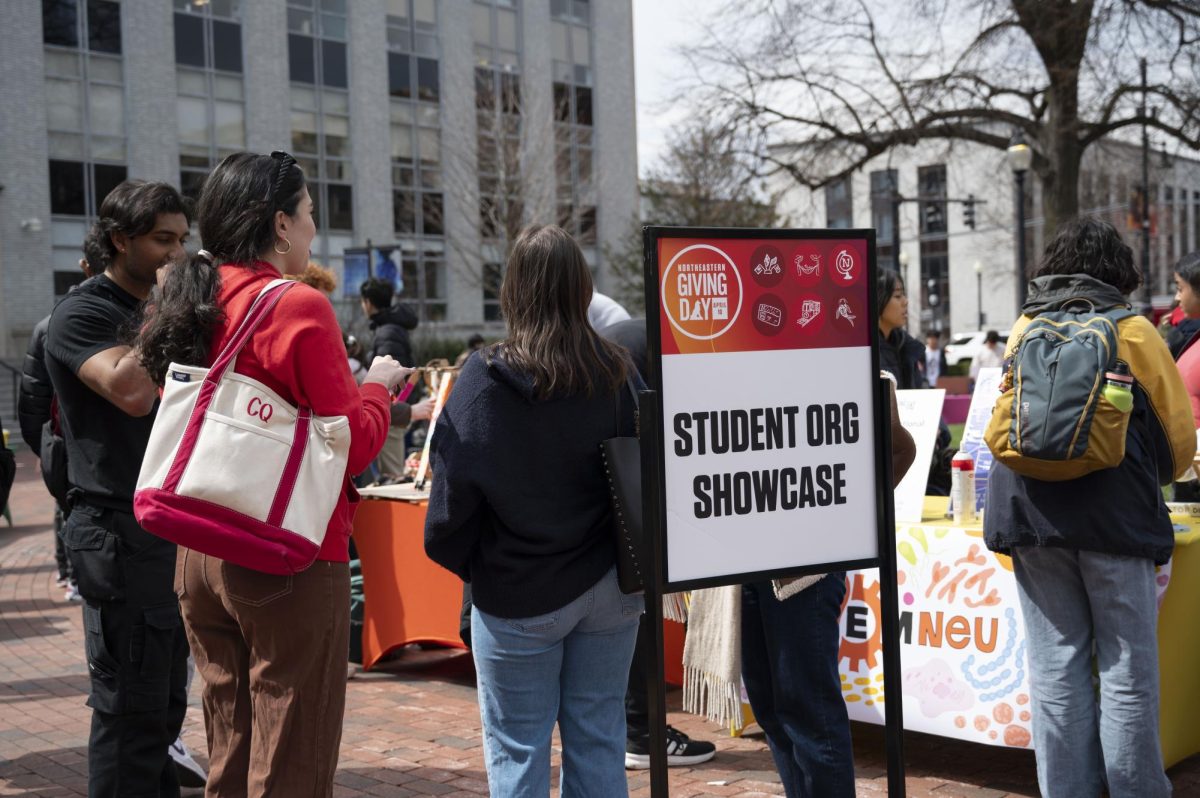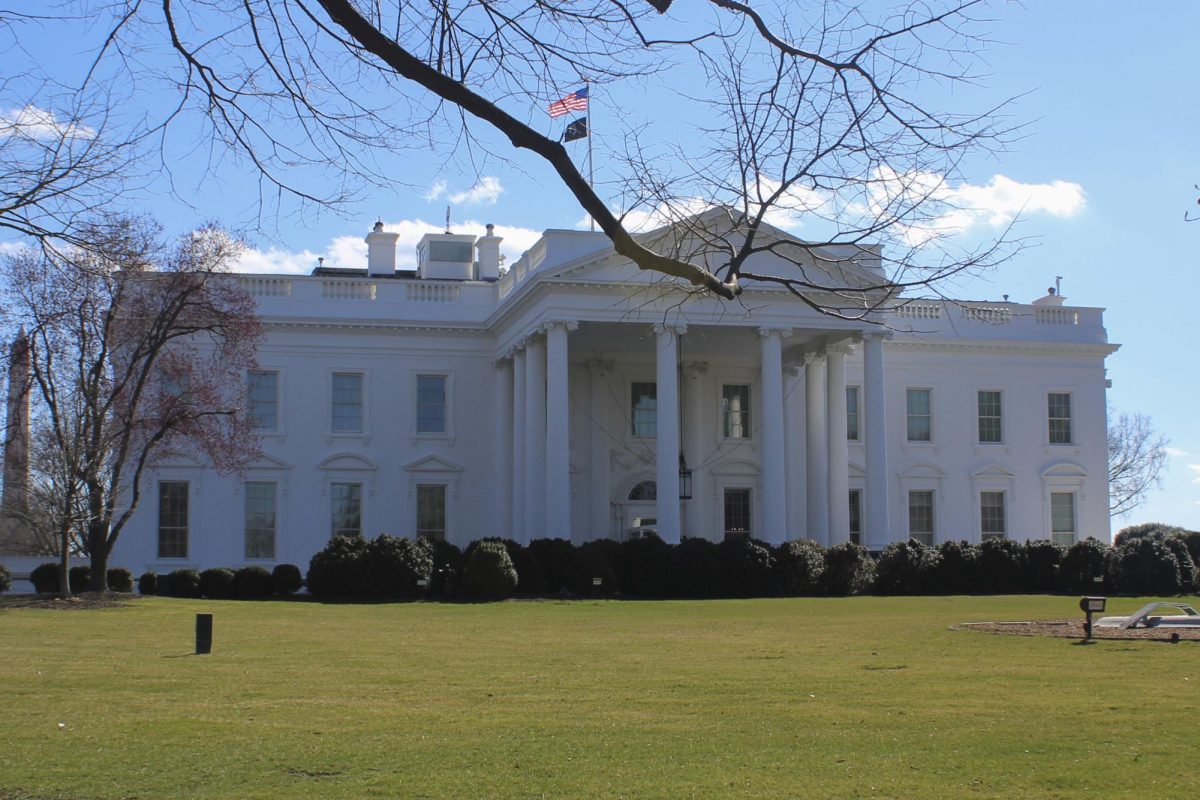While doing research for his doctorate in English and American Literature, Northeastern postdoctoral teaching associate Max Chapnick came across “The Phantom,” a story attributed to writer E.H. Gould. He was searching for stories by Louisa May Alcott — the author of the acclaimed “Little Women” — that she had written when her writing style focused more on Gothic thrillers.
But Chapnick found more than just what he was looking for. He uncovered approximately 20 previously undiscovered works by Alcott that she had written under pseudonyms — the first time a discovery like this had been made in over eight decades.
“The Phantom” was in the correct style and printed in a newspaper that Alcott had previously been published in during the correct time period. The obvious snag? It wasn’t under Alcott’s name or any name previously attributed to her.
The Olive Branch and Atlantic Weekly (Boston, MA), March 10, 1860. Document courtesy American Historical Periodicals from the American Antiquarian Society.
Chapnick put the story aside and moved on with his research. Later, he realized that Alcott could be the author of the short story, and “Gould” could be an unknown Alcott pseudonym.
He continued to search for works by Gould and discovered multiple poems and stories published in newspapers during the time Alcott was actively writing. The time period, around 1860, Chapnick refers to as one when Alcott “was experimenting widely and where she hadn’t been publishing much under her own name. So there’s sort of a conspicuous gap.” Chapnick’s research also led him to new poems by Flora Fairfield, a previously known Alcott moniker.
Chapnick discovered more than 10 pieces written under the pseudonym Gould. Alcott is known to have used various pen names throughout her career, including A.M. Barnard and Flora Fairfield, but Chapnick’s discovery marks the first new Alcott pseudonym found since 1940.
While excited by his discovery, Chapnick maintained objectivity regarding whether these works were Alcott’s or not.
“There’s no definitive proof,” Chapnick said. “There’s a bunch of circumstantial evidence.”
In certain stories, however, there’s specific details that link the work to Alcott. For example, a piece of non-fiction titled “The Wayside” shares the name of the home that Alcott lived in before Orchard House, where she wrote and set ‘Little Women’. “The Phantom,” the story that kicked off Chapnick’s discovery, was referenced by Alcott in one of her journals. According to Chapnick, it’s “sort of fan fiction on Charles Dickens’ Christmas Carol,” and Alcott was historically a huge fan of Dickens.
The president of the Louisa May Alcott Society, Gregory Eiselein, provided further details on these circumstantial links. In the Gould stories, one of the characters is named Fred Alcott, and one of the Flora Fairfield poems is titled “Castle in the Air,” a phrase also seen in “Little Women” as a chapter title. Additionally, the pieces fit the genre that Alcott was writing in at the time: thrillers with “mysterious identities and twists and turns and plots and exotic settings and suspense and revenge and murder and drug use,” Eiselein said.
Eiselein, however, is skeptical about one of the pieces, a story titled “Human Vengeance,” published in a magazine called The Prisoner’s Friend.
The Prisoners’ Friend (Boston, MA), Dec. 1, 1855. Document courtesy American Historical Periodicals from the American Antiquarian Society.
“It has Alcott at the bottom of it, but as Max will tell you himself, it’s not Louisa,” said Eiselein, who thinks that Louisa’s uncle, William Alcott, may have written the story. He said “Human Vengeance” is “preachy” and doesn’t resemble Alcott’s writing style.
“She’s sometimes interested in revenge, but it’s much more within the context of complex human relationships rather than general philosophical things,” he said.
Despite this, Eiselein is excited about Chapnick’s discovery. He admits the pieces “maybe aren’t of the literary greatness of ‘Little Women,’” but still believes they’re “pretty awesome” and “show an author in development.”
Chapnick is now working with the NULab, the digital humanities and social sciences center at Northeastern, to try and determine whether Alcott wrote the works or not. His first step is to digitize all the stories, after which he will use stylometric analysis to see if there’s a relationship between these new works and preexisting Alcott texts.
Sarah Connell, associate director of NULab, said stylometric analysis involves studying style and linguistics to attribute certain works to authors.
“[Stylometry] looks at things like patterns and word usage and not just counting words, but more complicated, algorithmic methods to get a sense of a fingerprint for an author,” Connell said, adding that the lab employees use a tool called LEXOS, which uses a dendrogram to compare texts.
Connell said this method is not foolproof and that literature and technology are sometimes incompatible.
“There’s always that moment where you’re moving between the kind of precision that is demanded by a computer and then the large, rich and interesting kind of questions that humanists and social scientists are trying to answer,” Connell said.
Though Chapnick is looking forward to finding more concrete evidence that Alcott authored the texts through his work with the lab, he said he finds his discovery’s uncertainty equally as exciting.
“I think the mystery of it is exciting because it points to a phenomenon in mid-19th century print culture where a lot of writers were using pseudonyms, especially women writers,” Chapnick said. “I think the not knowing and the guessing replicates the uncertainty of readers in that period.”
Alcott’s motivations for using a pen name are unclear, though the most obvious explanation is that she wanted to experiment and write in different, more salacious genres without attracting negative attention toward herself or her family.
“She was writing about topics like murder, vengeance, drug use, unmarried people having romantic affairs with each other, that some people would have thought improper, and she would have been criticized for it,” Eiselein said.
Chapnick’s discovery of the pen name “Gould” demonstrates that there are likely many more works under pseudonyms, written by a range of female authors, including Alcott, that have been lost to time. For the moment, however, Chapnick is pausing his search.
“I’ve done most of the looking that I can do with the resources that I have in the Boston area and that were available to me during my Ph.D. program,” Chapnick said.
Despite this, he encourages others to continue his search and believes that there is more work to be uncovered. Alcott’s journals contain lists of stories, many of which there is no record of, and she references writing in publications that none of her works have been found in yet.
Chapnick hopes to publish his findings at NULab sometime soon and looks forward to hearing what others at NULab think of the stories he has discovered.
Even if only some of the works turn out to be Alcott’s, the flurry of excitement generated by Chapnick’s discovery demonstrates once again her relevance in the modern world. Eiselein is particularly interested in this phenomenon and cited Alcott’s presence in modern society and culture as one of the main interests of the Louisa May Alcott Society.
“Why does [Alcott] live on?” Eiselein said. “Why does she still matter to people?”












